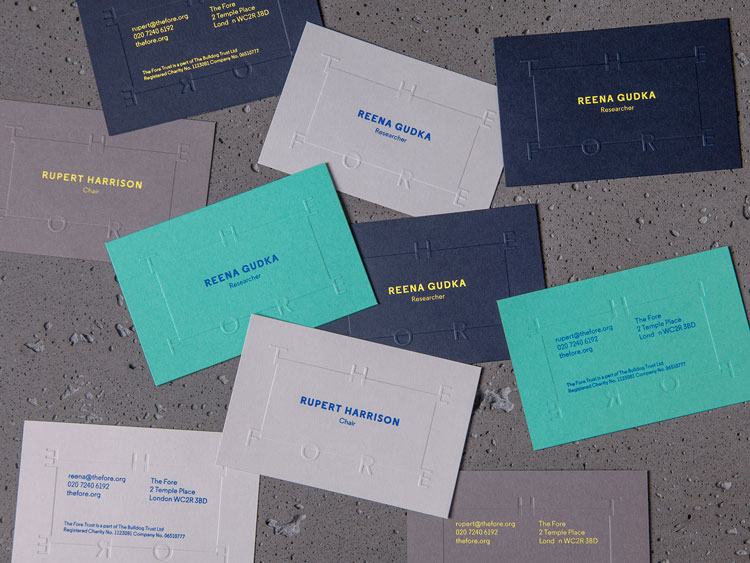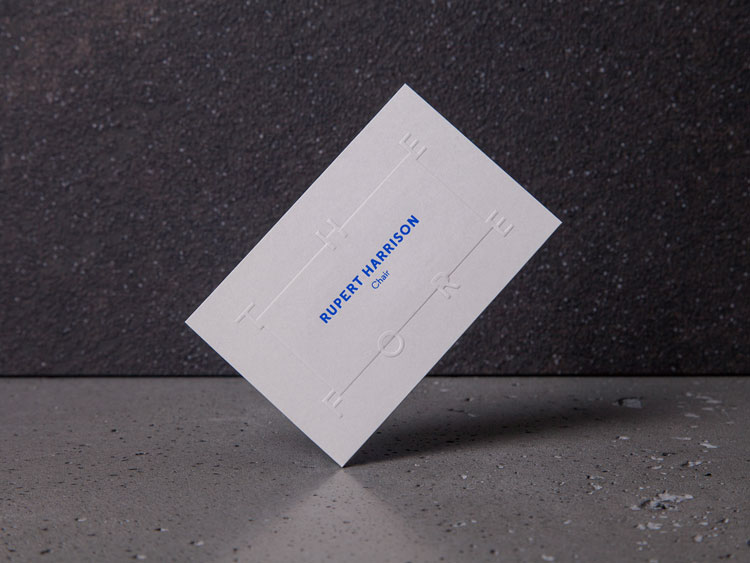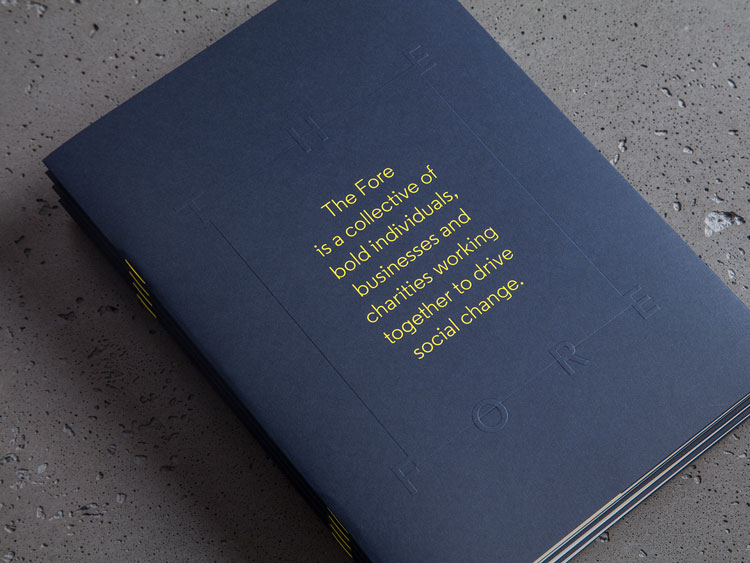Fitch brands new organisation hoping to tackle “inequality” in charity sector
The Fore is an organisation that aims to give smaller charities a chance by matching them up with funders who can provide £30,000 and skills training.

Fitch has named and branded a new organisation which is looking to “change the charity sector” by pairing up charities with suitable funders and mentors.
The Fore is a funding programme, which takes applications from small charities then partners them with funders which provide grants of up to £30,000 and offer business advice and skills training.
The aim is to help out smaller charities on the basis that large charities currently receive the majority of donations and funding. The Fore hopes to “address competition and inequality” in the sector, according to Mary Rose Gunn, CEO at the organisation.
While Fitch creative director Matt Michaluk describes the organisation as a “Dragon’s Den” for charities, the organisation claims to have a less taxing application process, asking applicants to “simply tell us who you are, what you need and how funding will make a difference to your work”.
The design studio created the name for the funder, which aims to “symbolise the organisation’s mission of elevating small charities to the fore”, says Michaluk.

The logo is made up of a simple, sans-serif logotype set in Regular, designed by type foundry A2-Type. This acts as a “flexible framing device” for other content such as quotations and imagery.
This typeface has also been used for copy across communications, for its “modern, friendly and easily legible” qualities, adds Michaluk.

A colour palette of navy, white, grey, aqua and yellow has been incorporated, which has been influenced by the materials used at The Fore’s offices in Embankment, including Portland stone, bronze statues and a stained glass roof. Photography has been kept to a minimum, with some monotone shots of charities currently benefiting from the funder.
The aim of the branding was to differentiate The Fore from “the friendly, colourful charity sector but also not be too traditional or corporate”, says Michaluk, to help it appear both “professional, and fun and not stuffy”.
“This brand is about changing the charity sector for the better, and creating on-going relationships between charities and professionals,” says Michaluk. “So the design of it needed to stand apart.”
The new branding has rolled out across all touchpoints, including internal print communications such as guidelines and business cards, external print materials, and online on its website and social media. Charities can apply for funding online.




-
Post a comment




